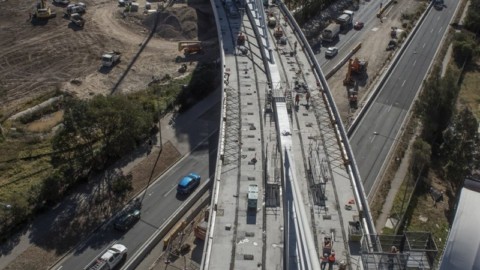The Western Australian Government has announced it will sell 51 per cent of Western Power, with the proceeds to go towards state infrastructure.

“Under the 51 per cent public float proposal, the State Government will remain the largest shareholder (at 49 per cent), with indicative targets of 30 per cent of shares being sold to Australian superannuation funds and 20 per cent to mum and dad retail investors, including Western Power employees,” Dr Nahan said.
“This model will address any national security concerns about foreign ownership. Western Power will not be foreign owned or controlled.”
It’s estimated the partial sale of Western Power will generate $11 billion, with $8 billion to be used to repay the utility’s debt with State Treasury, helping to reduce state debt.
With the remaining $3 billion, the Next Generation account will be created which will fund investment in state infrastructure for future generations.
Western Australian Premier, Colin Barnett, said $1 billion will be allocated to school and TAFE facilities, $1 billion to public transport infrastructure and roads, and around $150 million will be allocated to improving the reliability of electricity supplies in country areas.
“The part sale of Western Power will provide the funds needed to expand the state’s capital works program to fix local schools, build new transport links, and stimulate the state’s economy,” Mr Barnett said.
“These projects will create thousands of jobs – for builders, tradies, construction workers, engineers, technology providers, and their support staff – in communities throughout Western Australia.”
Western Australian Nationals Leader, Brendon Grylls, said funds from the Next Generation Account would be used to improve electricity reliability at the edge of the grid in country areas.
“For West Australians living at the end of long feeder lines, this additional investment in edge-of-grid electricity solutions, including microgrids, will make a huge difference in their lives, while also ensuring we remain at the forefront of technological advances,” Mr Grylls said.
Dr Nahan, said there would be no increase in the cost of electricity for Western Australian consumers or any reduction in the safety and reliability of the electricity network as a result of the proposed public float of Western Power.
“It will be business as usual for workers at Western Power as strict employee protections will be outlined as part of the float process.
“Western Power is a regulated monopoly, which means a number of independent regulators will continue to oversee the various parts of the business, including safety, reliability, prices and performance, regardless of who owns Western Power. This will not change.”
















